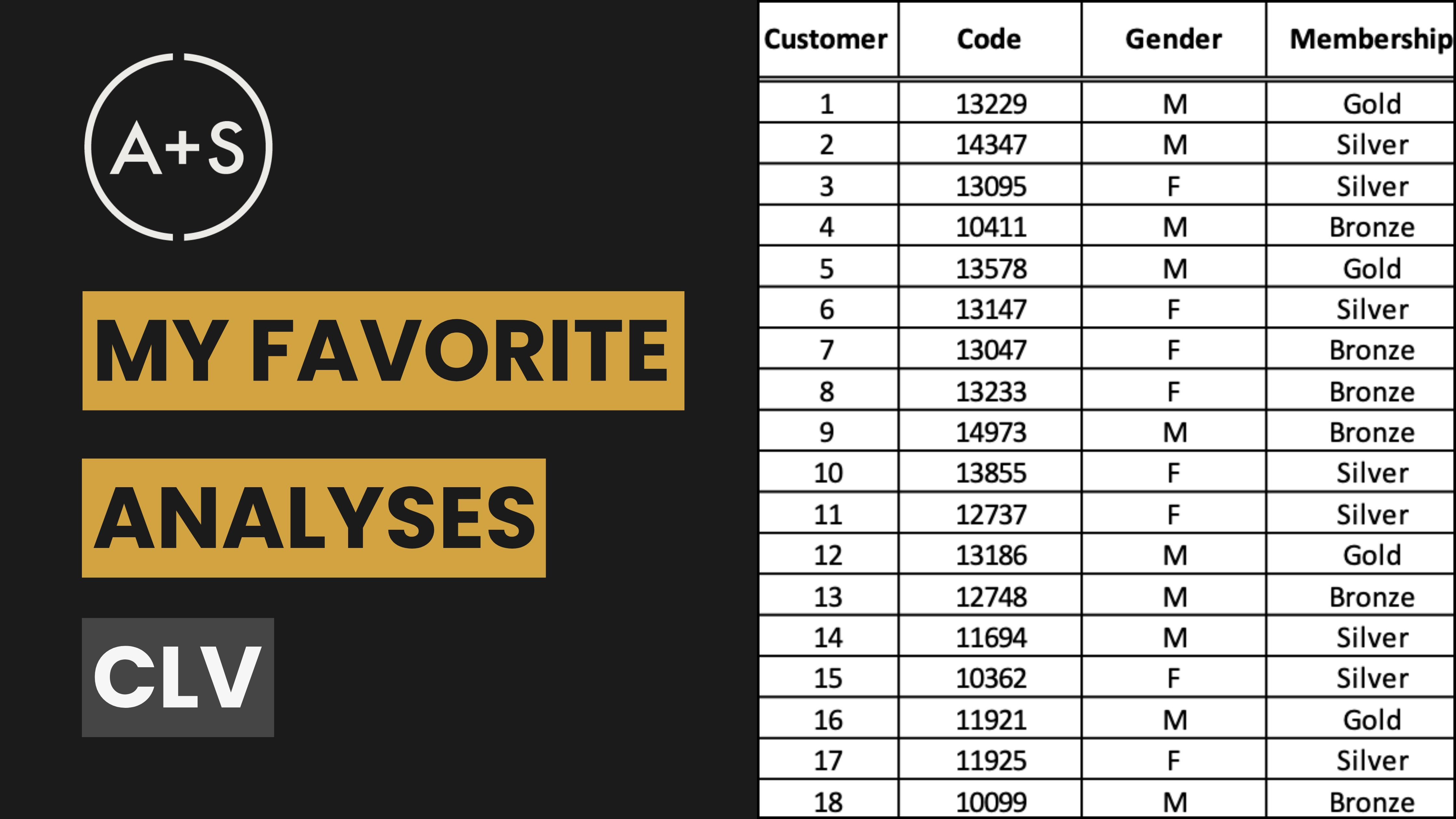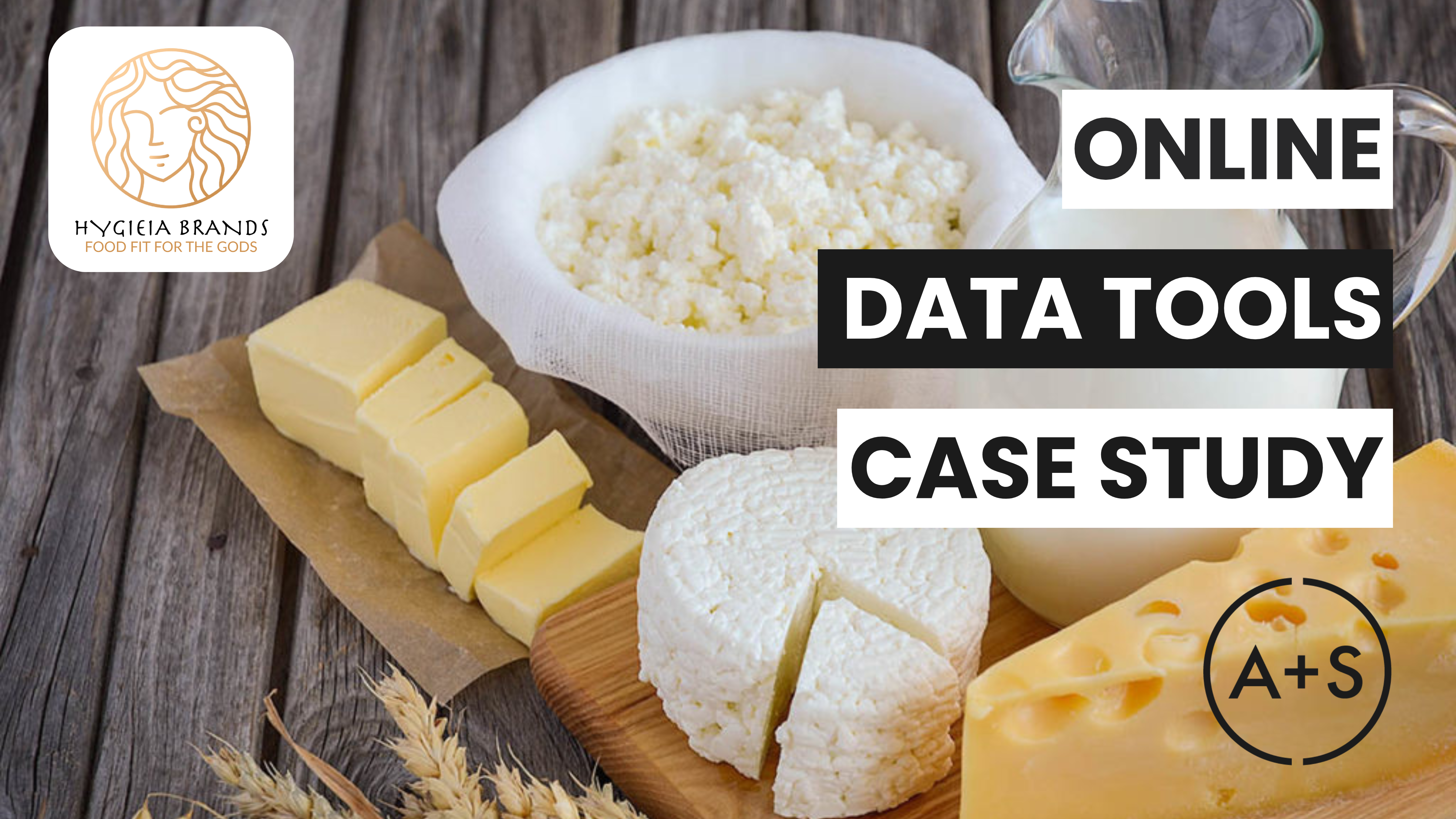Your logo. Your name. Your slogan. These aren’t just design choices. They’re the shortcuts your audience uses to recognize and remember you.
This week, we’re digging into brand elements: the tangible tools that stick in your customer’s mind and shape how they feel about your brand.
Brand Elements at Work
Effective brand elements do more than look good. They act as mental shortcuts, infuse meaning into every interaction, and work to shape how customers experience your brand.
Well-chosen elements help to:
- Boost brand awareness: Making your brand easy to spot and recall.
- Forge strong associations: Linking specific positive meanings and feelings to your brand.
- Spark positive feelings: Creating an overall favorable impression.
- Deepen customer connection: Building loyalty and resonance with your audience.
Consider them the sensory signature of your brand. Your brand elements are the name customers say, the logo they picture, the slogan they remember. Getting these right is fundamental to building strong brand equity.
Choosing Elements That Stick: The Six Key Criteria
Powerful brand elements aren’t just creative — they’re strategic. The best elements achieve a balance between building brand equity (an offensive strategy) and protecting it (a defensive strategy). Here are six key criteria to guide your choices:
(Offensive Strategy: Building Equity)
- Memorability: Is it easily recognized and recalled? Think of the distinctive shape of the Coca-Cola bottle or the Nike swoosh. Simple, clear, and unique elements often win here.
- Meaningfulness: Does it convey something important about your brand? This could be descriptive (like PayPal) or suggestive of a benefit, value, or personality (like Dove suggesting gentleness).
- Likability: Is it appealing? Does it resonate aesthetically or emotionally with your target audience? Elements that are fun, interesting, or visually pleasing have an advantage. While perhaps polarizing, the Aflac duck became highly memorable and distinct through its repetitive, quirky quacking, creating a unique (and for many, likable or amusing) brand association in a typically serious industry.
(Defensive Strategy: Protecting Equity)
- Transferability: Can the element work across different products, services, or even geographic regions and cultures? A versatile element supports brand growth and extensions. The Virgin brand name has been successfully transferred across vastly different categories – from music stores and airlines to mobile phones and space tourism – maintaining its core rebellious and customer-focused identity.
- Adaptability: Can the element evolve over time without losing its core identity? Brands need to stay relevant, so elements should be flexible enough for updates or modernization. The Starbucks logo has been subtly updated and simplified over the decades, removing the outer text ring and refining the siren illustration to remain modern while retaining its core recognizable elements.
- Protectability: Is it legally defensible? You must be able to trademark and protect your elements from competitors. Tiffany & Co. trademarked its distinctive robin’s-egg “Tiffany Blue,” making it a legally protected and uniquely recognizable part of their brand.
A truly great brand element isn’t just clever on day one; it’s built with the future in mind.
Your Toolkit: Key Types of Brand Elements
Choosing the right elements is crucial. Let’s look at the most common types, along with examples that highlight effective choices and potential pitfalls:
Brand Name: Often your most powerful asset. It should ideally be memorable, meaningful, likable, and easy to pronounce and spell.
- Success Example: Apple. Simple, memorable, unique in the tech space at the time, and fostered an image of user-friendliness and design thinking. It’s easy to say, spell, and recall.
- Cautionary Example: Syfy Channel (formerly Sci Fi Channel). The attempt to create a unique, trademarkable spelling led to confusion, pronunciation issues (“Siffy?”), and some mockery. It arguably made the brand feel less connected to its core genre for some fans.
URL: Your digital address. Needs to be easy to remember, type, and share, ideally aligning closely with your brand name and using a standard domain extension (.com is usually preferred).
- Success Example: Amazon.com. Simple, directly matches the iconic brand name, easy to remember and type. The
.comextension lends credibility. - Cautionary Example: Early Web 2.0 trend of “clever” domain hacks like
del.icio.us. While unique, they could be confusing to spell or remember for less tech-savvy users and relied on less common domain extensions. Similarly, using hyphens or non-standard spellings (brands-r-us.biz) can decrease usability and trust compared to a clean.com.
Logos and Symbols: The visual face of your brand. They’re often your first impression and should be simple, distinct, and versatile enough to work anywhere.
- Success Example: Nike Swoosh. Incredibly simple, conveys motion and energy, recognizable worldwide even without the brand name, and works effectively across all sizes and applications.
- Cautionary Example: Gap’s 2010 Logo Redesign. Gap abruptly changed its classic navy blue box logo to a simple Helvetica font with a small blue gradient square. The backlash from loyal customers was immediate and fierce, perceiving it as cheap and generic. Gap reverted to the old logo within a week, demonstrating the strong equity held in the original visual.
Characters: Brand mascots can inject personality, create warmth, and build emotional connections, especially effective over the long term. But not every character hits the mark.
- Success Example: The Michelin Man (Bibendum). Created in 1898, he’s instantly recognizable, directly relates to the product (tires), and has adapted over time while remaining a friendly, trustworthy symbol of the brand.
- Cautionary Example: Clippy (Microsoft Office Assistant). Intended to be helpful, Clippy was widely perceived by users as intrusive, annoying, and patronizing. It demonstrated that a character, even with good intentions, can backfire if the execution doesn’t align with user experience needs.
Slogans: Short, catchy phrases encapsulating your brand’s positioning or key benefit. Great slogans are memorable, differentiating, and resonate with the target audience.
- Success Example: Nike: “Just Do It.” Simple, empowering, action-oriented, and perfectly captures the brand’s spirit of determination and achievement. It has remained relevant for decades.
- Cautionary Example: United Airlines: “Fly the Friendly Skies.” While iconic for years, this slogan became a target for mockery and irony during periods when the airline faced customer service challenges and negative press. It highlights the risk of a slogan not matching the actual customer experience.
Jingles: Musical slogans or sonic logos. They remain incredibly powerful for memory recall, especially in audio-based media.
- Success Example: Intel Inside Bong. The short, distinctive 5-note sonic logo is instantly recognizable globally and effectively communicated the presence of Intel technology across various computer brands for decades.
- Cautionary Example: While harder to pinpoint universal “failures” (bad jingles often just fade away), overly complex, generic, or annoying jingles (sometimes heard in local advertising) can fail to stick or even create negative associations through sheer irritation rather than positive recall. A jingle needs to be catchy and likable to be truly effective long-term.
Remember, the goal isn’t necessarily using all these tools, but choosing the right ones for your brand – those that are memorable, meaningful, protectable, adaptable, transferable, and likable – and using them consistently and strategically.
Aligning Elements with Your Brand’s Core
Crucially, your brand elements must be more than just standalone pieces; they need to reflect and reinforce your core brand identity and market positioning.
Here’s how to ensure alignment:
- Clarify Your Brand Identity: Know who you are, what you stand for, and the unique value you offer.
- Define Your Brand Positioning: Understand how you want to be perceived relative to competitors in the minds of your target audience.
- Choose Elements That Support Both: Select names, visuals, tones, and messages that authentically communicate your identity and desired positioning. An innovative brand might use sleek visuals and a forward-thinking slogan.
- Maintain Consistency: Ensure all elements work together harmoniously across every touchpoint to tell a cohesive and compelling brand story.
As we’ve discussed previously, clarity and consistency are paramount in branding. Your brand elements are the tactical tools that bring your brand strategy to life for your audience.
Final Thought
Great brands aren’t accidental; they are built with intention. Brand elements shape how people recognize, perceive, and remember you. They’re strategic assets, not surface-level details. Chosen carefully and aligned with your core identity and strategy, they become powerful drivers of differentiation, connection, and growth.
Next time, we’ll explore how brand equity is built through action — the deliberate choices you make across product, price, place, and promotion.
Until then, start noticing the brand elements around you. Which ones capture your attention? Which feel authentic? Which effectively communicate what the brand stands for? The answers reveal a lot about branding effectiveness and might spark ideas for your own.




